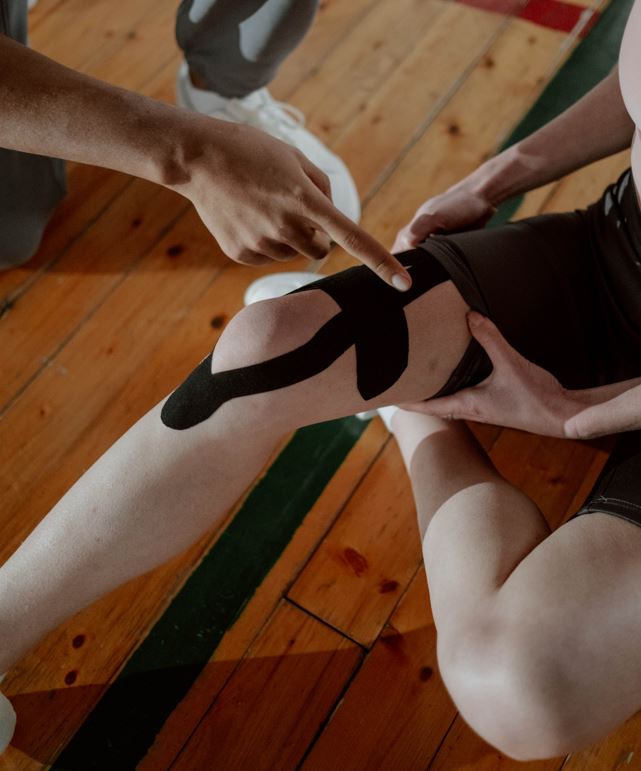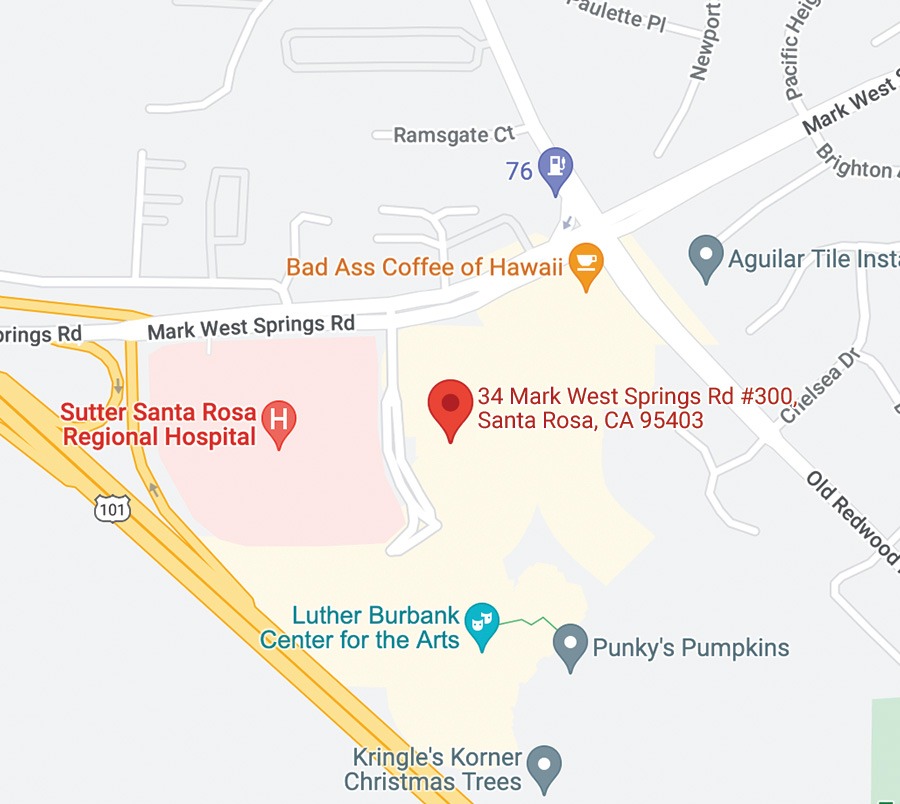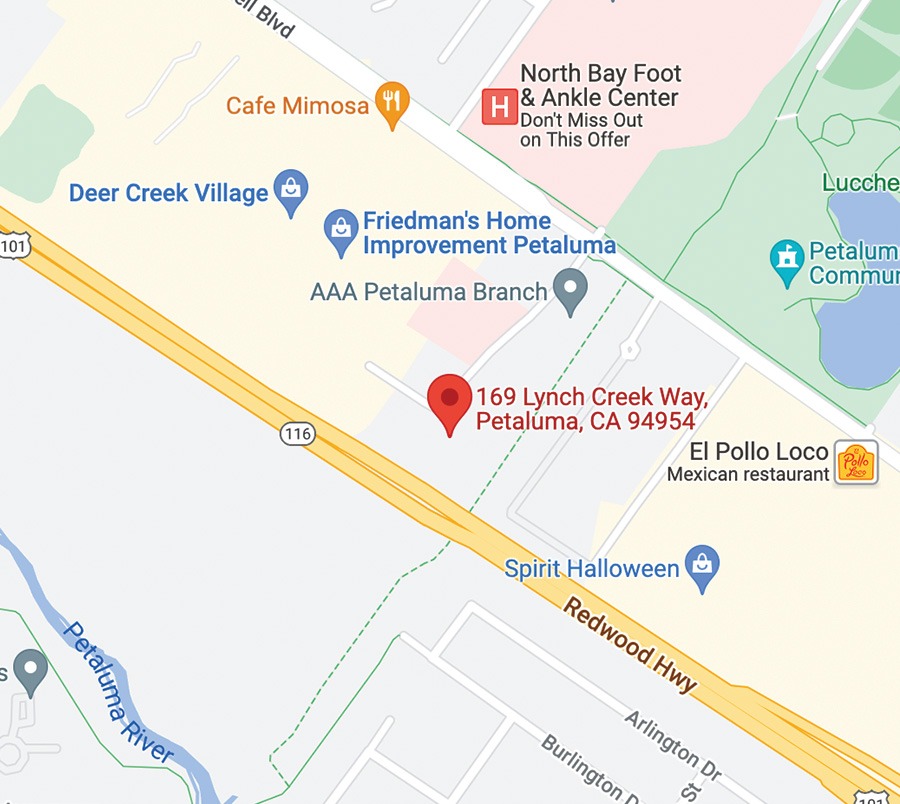
Dr. Kenzo Kase, a Japanese chiropractor first developed a flexible kinesiology tape back in the 70s. Kinesiology tape has become the go-to for physical therapists and sports enthusiasts alike since that time. Before Dr. Kenzo Kase’s invention, the only tape available was a heavy white inflexible tape that didn’t quite do the job. Today there are more than 50 different brands of therapeutic tape on the market, and can be seen in a variety of colors stretching in unique patterns across the shoulders, knees, backs, and abs of athletes everywhere.
Kinesiology tape is a therapeutic tape that’s typically applied to provide support, lessen pain, reduce swelling, and improve performance. It is designed to mimic the skin’s elasticity so that it flows with the body’s full range of motion. The tape’s medical-grade adhesive is also water-resistant and strong enough to stay on for up to five days, lasting through sweaty workouts and showers.
How it works
When applied, the stretchy tape recoils slightly, gently lifting the skin, helping to create a microscopic space between the skin and the underlying tissues. Studies have shown that when kinesiology tape is applied over a joint, it increases the space in the joint, helping to reduce joint irritation. Kinesiology taping creates a lift that decompresses underlying tissues, interrupting pain signals going to the brain in the process. Physical therapists frequently use kinesiology tape to lift the skin over tense, knotted muscles. When the area is decompressed in this way, pain receptors essentially send a new signal to the brain, and tension in the trigger point decreases.
Researchers showed in a 2015 study that trigger point pain was reduced and flexibility increased when both kinesiology tape and manual pressure were used at the same time. A later study showed that kinesiology taping helps to improve blood flow in the skin, and it likely also improves circulation of lymphatic fluids (the lymphatic system regulates swelling and fluid buildup). Simply put, when kinesiology tape is applied correctly, it forms an extra subcutaneous space, which changes the pressure gradient in the area underneath the skin. That change in pressure enhances the flow of lymphatic fluid. Changing the flow of lymphatic fluid may help bruises heal faster.
The American Physical Therapy Association reports that kinesiology taping is most effective when it’s used in conjunction with other treatments such as manual therapy. Kinesiology tape is also used to add extra support to muscles or joints that need it, thanks in part to its ultra-flexibility. Recent studies with athletes demonstrated that when kinesiology tape is used on fatigued muscles, athletic performance improves.
Beyond athletics
Kinesiology tape can also help re-train muscles that have lost function or that have developed an unhealthy way of functioning, such as to correct bad posture in the head and neck. And physical therapists have helped stroke patients with kinesiology tape to improve mobility and retrain the way they walk. It is believed that the unusual sensations of the applied tape on the skin can make a patient more aware of how they are standing and moving, this helps the patient to retrain their brain and improve function.
How to get started with Kinesiology Taping
Tape can be applied in an X, Y, I, or fan pattern, depending on a person’s goals. Both stabilization and decompression strips may be needed to get proper results, and manual therapy may be needed to get the full benefit. A physical therapist who is trained in the proper application of kinesiology tape is the best person to demonstrate how to apply the tape in the pattern that will help address specific problems.
SRO Physical & Occupational Therapy
Therapy treatments may include manual therapy, exercise, postural and ergonomic education, Kinesiology and modalities such as ultrasound, electric stimulation, paraffin, moist heat, and ice. Typical goals include increasing flexibility and strength, improving gait and balance, and decreasing pain in an effort to return our patients to full function.
Our experienced and highly skilled physical therapists have completed extensive post-graduate education in orthopaedics and sports rehabilitation, and they stay current on the most effective approaches to injury prevention and rehabilitation.



